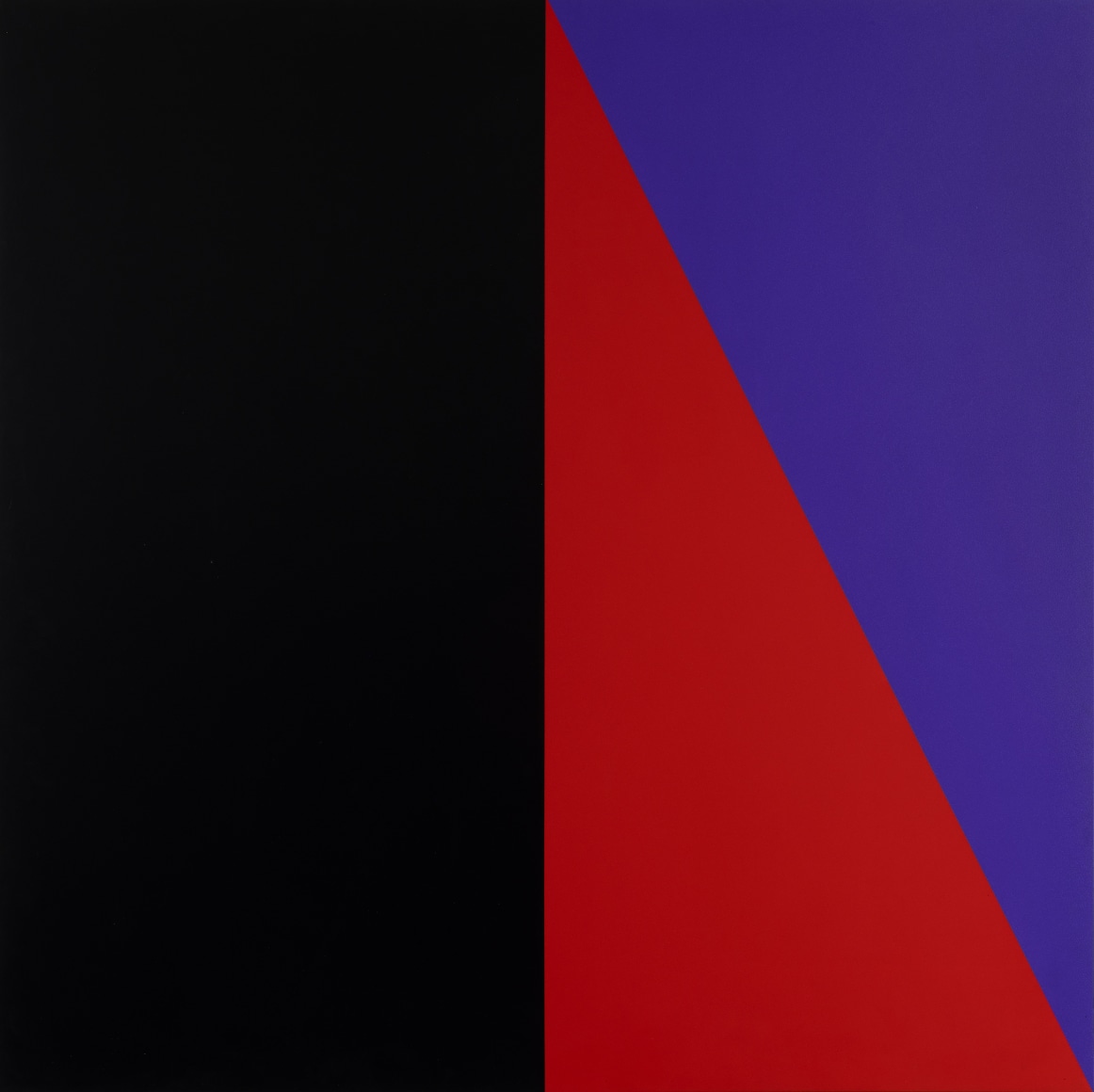Herman Hebler stands as an important figure in Norwegian modernism, celebrated for his unwavering clarity of form and his balance between precision and poetry. Born in Fredrikstad in 1911, he studied at Kunsthochschule Essen from 1937 to 1939 and later at Bjarne Engebretsens malerskole in Oslo. Trained first in painting and drawing, Hebler’s early works revealed an interest in structure, rhythm, and spatial proportion—qualities that would later define his distinctive contribution to postwar abstraction.
In the late 1950s, Hebler began working with silkscreen printing, a process still unfamiliar in Norway at the time. For him, serigraphy was not a technique of reproduction but a method of construction. Through it, he discovered a language that allowed him to reduce form to its essentials: surface, tone, and space. Over the following decades, his work moved toward increasing simplicity, marked by geometric order, refined colour fields, and a quiet but deliberate sense of movement.
Belonging to the same generation as Arnold Haukeland and Jakob Weidemann, Hebler developed a sensibility that stood apart. While Haukeland explored expressive forms and Weidemann turned toward painterly abstraction, Hebler was drawn to clarity and balance. His art shares affinities with the European concrete movement and with artists such as Max Bill and Richard Paul Lohse, yet it retains a distinctly Nordic calm. Each work is constructed with precision but never rigidity, inviting the eye to move slowly across surfaces where proportion, colour, and absence hold equal importance.
Hebler gained recognition internationally before he was widely acknowledged in Norway. His participation in exhibitions abroad, including the Riverside Museum in New York in the late 1950s, established him as one of the leading Norwegian printmakers of his time. In 1972, he founded the Norwegian International Print Biennial in his hometown of Fredrikstad, which he directed until 1999. Under his leadership, the biennial became an important meeting point for international graphic art and helped secure Norway’s place within that field.
His works are represented in major public collections, including the National Gallery of Norway, the Victoria and Albert Museum in London, Kunsthalle Bremen, and the Albertina in Vienna. The breadth of these collections reflects both the technical mastery and the universal appeal of his artistic vision.
At the heart of Hebler’s work lies an understanding of equilibrium. Geometric forms, planes, and edges are arranged with measured precision, yet they never appear static. Subtle shifts in proportion or tone create a quiet rhythm, and the untouched paper becomes as significant as the printed form. His art exists in the dialogue between what is present and what is left open.
Beyond his own practice, Hebler was a dedicated advocate for graphic art. Through his organisation, teaching, and exhibitions, he helped elevate the medium in Norway and build its connection to the international art scene. His legacy endures in the clarity of his images and in the institutions he helped shape.
Herman Hebler’s art remains as exact and contemplative today as when it was first created. His prints speak of order and balance, of reduction as a path to depth, and of simplicity as a form of strength.

